Vacuum Sewer Operations Manager Interview

Alistair Read, Wastewater Utility Manager swapping old for new
Interview with Alistair Read – Operations Manager Coorong Quays, South Australia.
1. What is your role at Coorong Quays?
I am the Manager of Operations of the Coorong Quays canal development in charge of the vacuum sewer system as well as the Treatment Plant. With the vacuum sewer system I am involved with the installation through to the tuning of each stage. I also review the specific design by Flovac and local engineer Wallbridge Gilbert Aztec (WGA). At this stage it is a private development and we have operated as a private utility.
2. How long has your vacuum sewerage system been in operation?
This vacuum system has been in operation since 1990 at Coorong Quays. It was originally known as Marina Hindmarsh and attracted a lot of holiday makers from Adelaide. It was the first vacuum system installed in South Australia. I have had 22 years of personal experience in operating this system. Starting out with Stage 2 with 36 Pits to Stage 8 with 276 Pits now servicing 845 homes. I have supervised seven stages, including the building of two of the three vacuum pumping stations. We also use the vacuum system to suck the wastewater off boats at the marina as well as many of the houseboats which travel up the Murray River.

Kangaroo Island bushfires
3. What do you do when not managing the system at Coorong Quays.
I am very active with the Army Reserve and often need to be away with the Reserve. Earlier this year I was tasked to bushfire assistance at Kangaroo Island. It was a devastating period. I also love camping in the northern part of the state. It is incredibly beautiful. When I am away for extended periods I know I can rely on Flovac helping out my team, and I can also keep in touch via the monitoring system if I have coverage.
4. What are some of the main benefits of the Flovac Vacuum Sewerage System in your view?
There are many benefits of the vacuum system. It has a number of environmental benefits: It’s ideal for high water tables with typical trenching of 0.9 to 1.2 to 1.5 range, for the main lines. It’s specifically suited to coastal tidal areas and environmentally sensitive areas. For example, if there is any third-party major breach, that line flow will stop due to a lack of vacuum. This means the spillage impact is minimal in the area as it is a gravity system with vacuum assisting. Far less than conventional Gravity/Pressure or LP system, where the environmental impact could be greater, so the Flovac Vacuum System is ideal for such locations.
It is also ideal as it has minimal environmental impact for sensitive areas like Coorong Quays where the development borders on the Coorong and the Murray River. It is also a very cost-effective system to operate. It takes a smaller team to run, without needing heavy specialized equipment. Thus, keeping maintenance asset costs down.
We operate everything at the development under ISO 14001, which is an environmental certification. This governs many aspects including health and safety. The vacuum system helped with the certification. That it cant leak, no infiltration, low power use and very good from a health and safety perspective was all very important.
5. Why did you choose this system over other possible options?

Manager Alistair Read at an old styled concrete chamber with Flovac valve
In comparison with Gravity and LP sewer systems we are very happy with this system, as it has the flexibility for ‘add-ons’ to initial plans. You can tune this system to work for your purposes. For example, until recently Coorong Quays had a low population in winter, with higher numbers in summer.
The system needed to be tuned to fit in with this and thus reducing operating cost it has been more energy efficient. This vacuum system has the ability to have an auto air injected system to assist with this over the ‘High season’. This system is highly flexible.
We have recently experienced some social changes from having a ‘transitional’ population to more permanent residents. This has occurred because of lifestyle changes and with the current COVID-19 situation people are now working from home at Coorong Quays coupled with increased domestic holidaying.
This system has worked well for us as it has allowed us to cope with this social change, and with changing housing designs now being built, that includes more bathrooms, bedrooms etc.
6. What do you think of FVS systems in general?
This system is a robust one that also has the ability to be flexible’ in coastal terrains. It can be designed to better fit in with the land contours.
For example, in the case of Coastal it can be designed with minimum disturbance, as opposed to conventional system installations. From an operations viewpoint it is also easy to maintain with a smaller crew.
Maintenance is recommended annually. With rebuilds 10 -15 years for internal components, depending on cycle usage.
From my experience with valves, it’s about 15 years with nominal use of 30,000 to 40,000 cycles per valve a year.
7. Would you recommend this particular system to other similar developments such as yours?

Flovac Monitoring System
I highly recommend this system for coastal environments. Used in conjunction with the wireless monitoring system (FMS) it is an even better way of monitoring this system and tuning it to run at its optimum. The benefit of this is that it can be done remotely, and tuned on site.
The FMS electronic monitoring system also records how the valve activity is performing and allows the operator to address any maintenance issues straight away.
8. Has Flovac provided good support to you and your team?
Flovac have been with us all the way through. New product developments like the monitoring system and PE collection pits. Improvements to their valve and controller and their engineers and operators have been fantastic. They run 24-hour support, though we have never really needed it.
It’s important to recognise that a vacuum system is not just a single product, its a system. So we need to be on top of all aspects. I have plenty of other things to watch over in my life so its been great knowing that we can rely on the Flovac team. They are doing this day in, day out , all around the world. They know what they are doing and they have never let us down.

Coorong Quays residential canal development project in South Australia


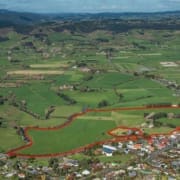




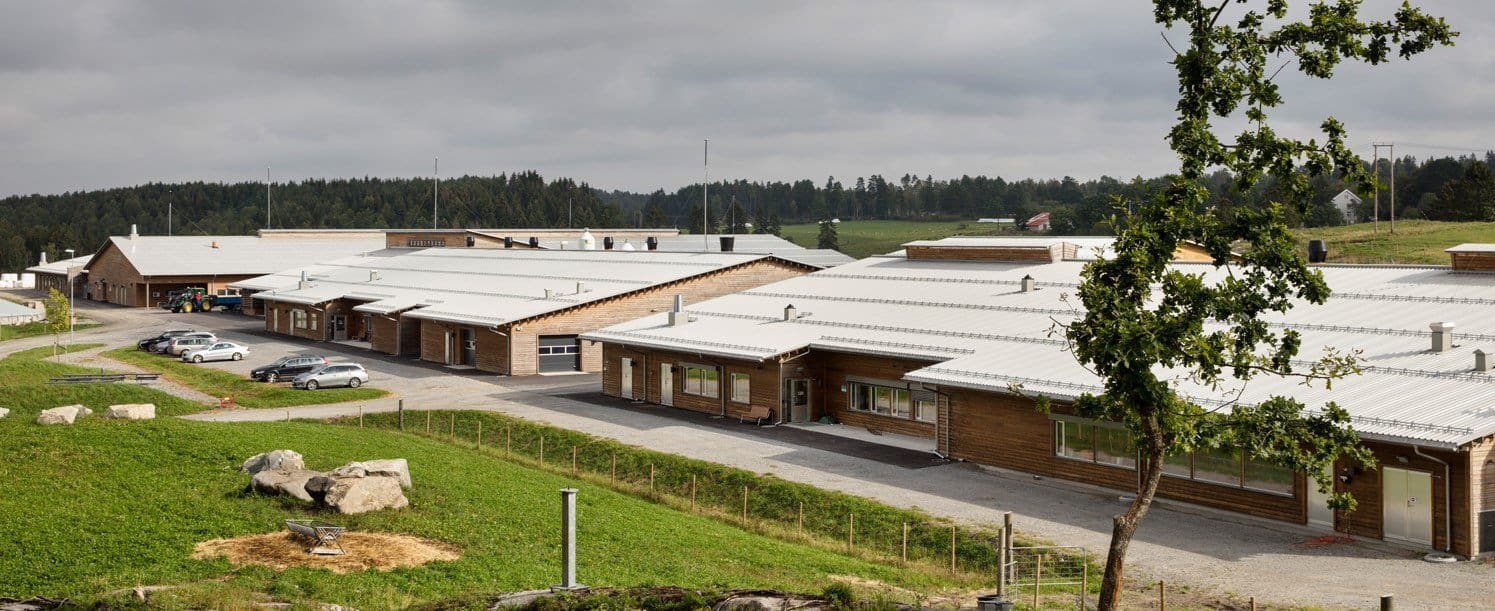

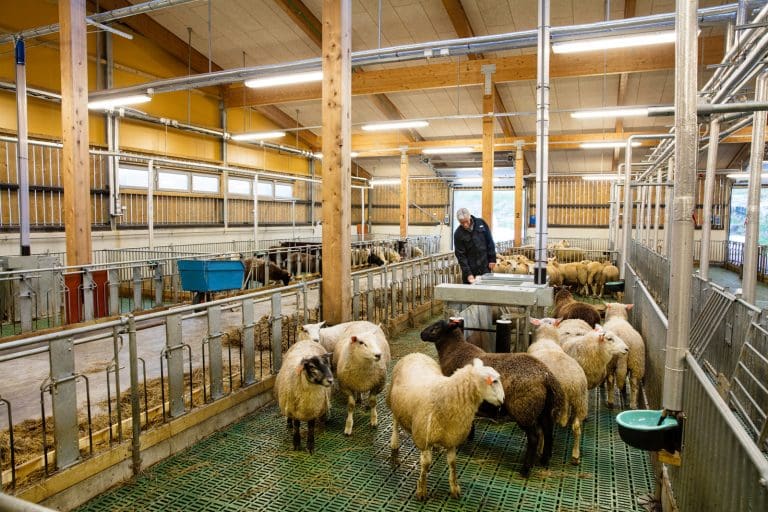 There are space for 1200 animals on Ås farm, which consists of five buildings totaling 16,400 square meters . Small sheep (sheep and goats) have been accommodated in an airy barn of 1630 sqm, while the pigs have got their own 1740 sqm building with warmth in the floor. The entire livestock unit of 7140 sqm is equipped with two fully automatic milking robots, an advanced robot that can supply feed to the cows throughout the day.
There are space for 1200 animals on Ås farm, which consists of five buildings totaling 16,400 square meters . Small sheep (sheep and goats) have been accommodated in an airy barn of 1630 sqm, while the pigs have got their own 1740 sqm building with warmth in the floor. The entire livestock unit of 7140 sqm is equipped with two fully automatic milking robots, an advanced robot that can supply feed to the cows throughout the day. The STATSBYGG design group chose to work with Flovac after a close study of the Veterinary University of Hanover’s epidemic disease prevention unit’s use of the Flovac vacuum sewerage system installed in 2015. They cited the speed of installation, flexibility and that there had been virtually no operational issues and no contamination occurrences as the reason for choosing Flovac.
The STATSBYGG design group chose to work with Flovac after a close study of the Veterinary University of Hanover’s epidemic disease prevention unit’s use of the Flovac vacuum sewerage system installed in 2015. They cited the speed of installation, flexibility and that there had been virtually no operational issues and no contamination occurrences as the reason for choosing Flovac. A number of tests on the vacuum system were done, including a leakage test to show that if the vacuum mains were broken in anyway there would still be no blockage. A video of that test is available here if you would like to watch it.
A number of tests on the vacuum system were done, including a leakage test to show that if the vacuum mains were broken in anyway there would still be no blockage. A video of that test is available here if you would like to watch it. 

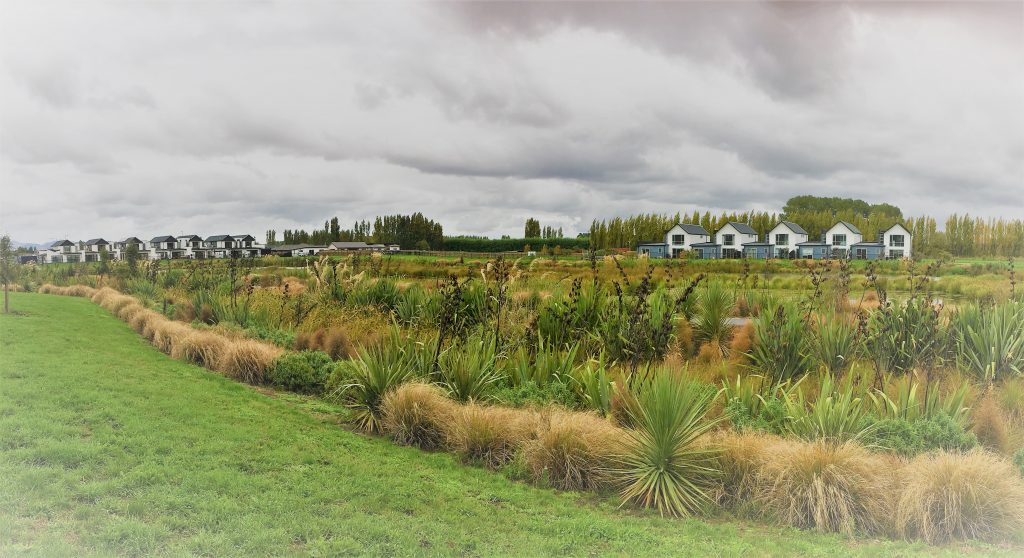

 neighborhood complete with a Foodstuffs supermarket, cafe’s and restaurants. Already built is a large BP service station which houses a cafe and a Jetwash. The Flovac system handles the commercial premises and can handle any flows from the car washing facility.
neighborhood complete with a Foodstuffs supermarket, cafe’s and restaurants. Already built is a large BP service station which houses a cafe and a Jetwash. The Flovac system handles the commercial premises and can handle any flows from the car washing facility.
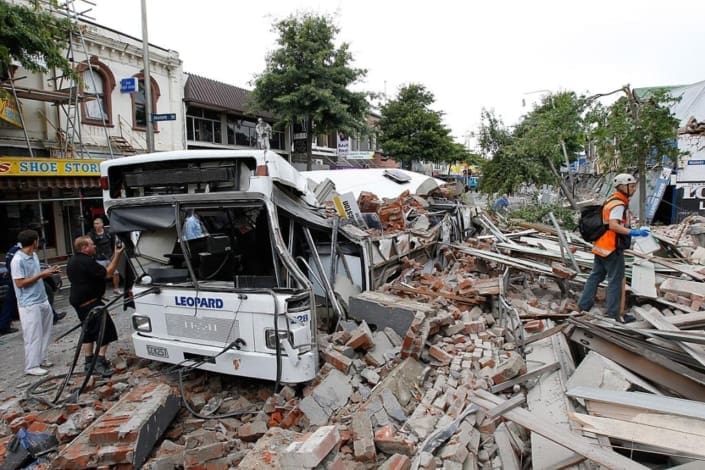 SCIRT partner McConnell Dowell is more than halfway through a big project to build a Flovac vacuum wastewater system in the Christchurch residential suburb of Shirley – the first area of the South Island to use such technology.
SCIRT partner McConnell Dowell is more than halfway through a big project to build a Flovac vacuum wastewater system in the Christchurch residential suburb of Shirley – the first area of the South Island to use such technology. After the earthquakes, the slope changed in many parts of the city, so wastewater was running in the wrong direction. The Flovac vacuum system will offer much greater resilience if there are further large earthquakes, especially in areas considered prone to liquefaction.
After the earthquakes, the slope changed in many parts of the city, so wastewater was running in the wrong direction. The Flovac vacuum system will offer much greater resilience if there are further large earthquakes, especially in areas considered prone to liquefaction. Wastewater will arrive at the Shirley catchments new pumping station, on Golf Links Road, from small collection chambers, usually located on the grass berm of a street, each serving up to four properties. The only visible parts in most streets will be collection chamber lids and man-holes at ground-level, while vent stacks will sit against property boundaries.
Wastewater will arrive at the Shirley catchments new pumping station, on Golf Links Road, from small collection chambers, usually located on the grass berm of a street, each serving up to four properties. The only visible parts in most streets will be collection chamber lids and man-holes at ground-level, while vent stacks will sit against property boundaries. Like in other parts of the city, wastewater from the new pumping station will go via the normal gravity system southeast to the wastewater treatment plant at Bromley.
Like in other parts of the city, wastewater from the new pumping station will go via the normal gravity system southeast to the wastewater treatment plant at Bromley.